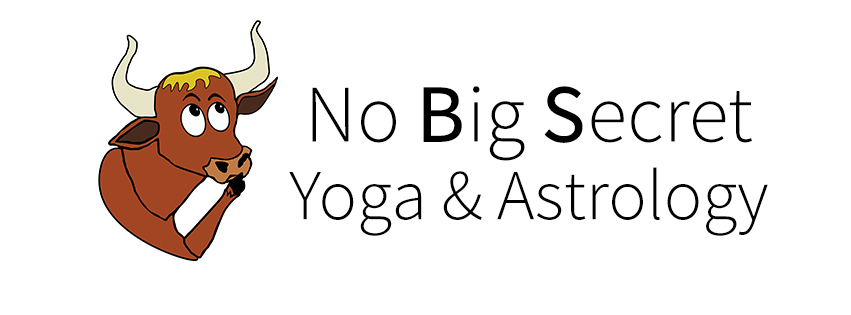The great Kriya Yoga sage Paramahansa Yogananda was sitting at the feet of his Guru, Sri Yuksesawa, firelight flickering across their faces.
Yogananda looks Sri Yukteshwar in the eye, lamenting about his upcoming fate: a liver disease predicted by him.
If you read the chapter “Outwitting the Stars” in Autobiography of a Yogi, Yogananda gives an extensive account of his relationship with Vedic Astrology.
Sri Yukteshwar suggested a bracelet made of three medals for him to wear, telling him that it would protect him from the influences of astrological forces.
You cannot outwit the starts, or so they say.
Astrologers in India have made fortunes selling various gemstones, telling their clients that wearing them will prevent future disaster.
I have studied Vedic Astrology for about ten years.
On paper the practice works seamlessly into the chakra system, while explaining the activation of karmic seeds planted in us from past lives.
While giving consultations to people, I have noticed that they absorb every piece of information I give them like a sponge.
It makes sense.
Someone would not go to another person for advice on the future if they were not seeking answers to their fate.
So here is the million dollar question: are a person’s suggestibility making them vulnerable to self-fulfilling prophesy?
Here is an example: a client comes in for a career consultation.
I take a look at their chart and come to the determination that being a layer is a good career path for them.
They get excited and decide to make an obviously huge, life altering decision.
Did I awaken something in them, or did they have the desire to go into law and I just validated it for them.
Many of us are looking for some sort of validation.
It’s built into us as human being.
Being social creatures, we are biologically wired to go along with the tribe.
If the tribe does not approve of our behavior, withholding validation brings non-conformists back in line.
Yoga is a method of self-inquiry that is used to discover things about ourselves.
I thing that if we pay enough attention to our desires as we go deeper into our minds, they will manifest themselves.
I think part of the enlightenment process is self-actualization, or taking action on our desires, fulfilling them through karma yoga.
After doing my Yogic practice for many years, I have learned to live life in the present.
When we focus too much on what may happened, it takes our mind off the now.
What I do now effects the future.
Issues from my past are more than willing to make themselves known at a certain point In my life.
When we are trained to handle those issues as they arise, their timing is less relevant.
If we have a developed sense of self-actualization, we will have the tenacity to move forward in spite of circumstances.
I’m advocating against using Vedic Astrology, I think that we can invest too much time ready the map instead of moving along on our journey.
Either way, the map will come to us.
The question is, are we ready for the bumps in the raod?



